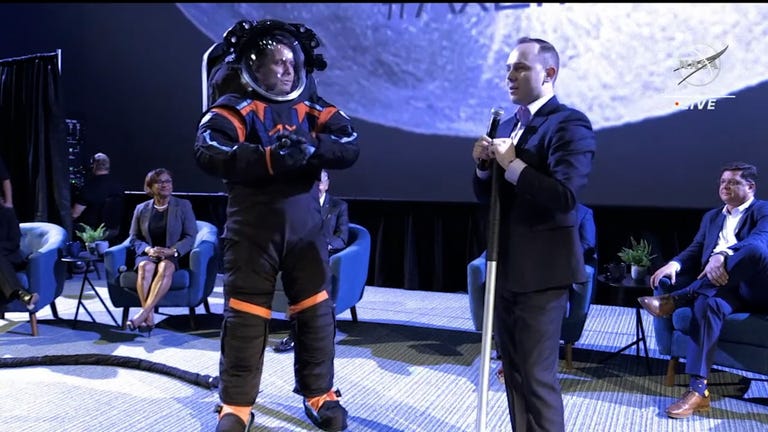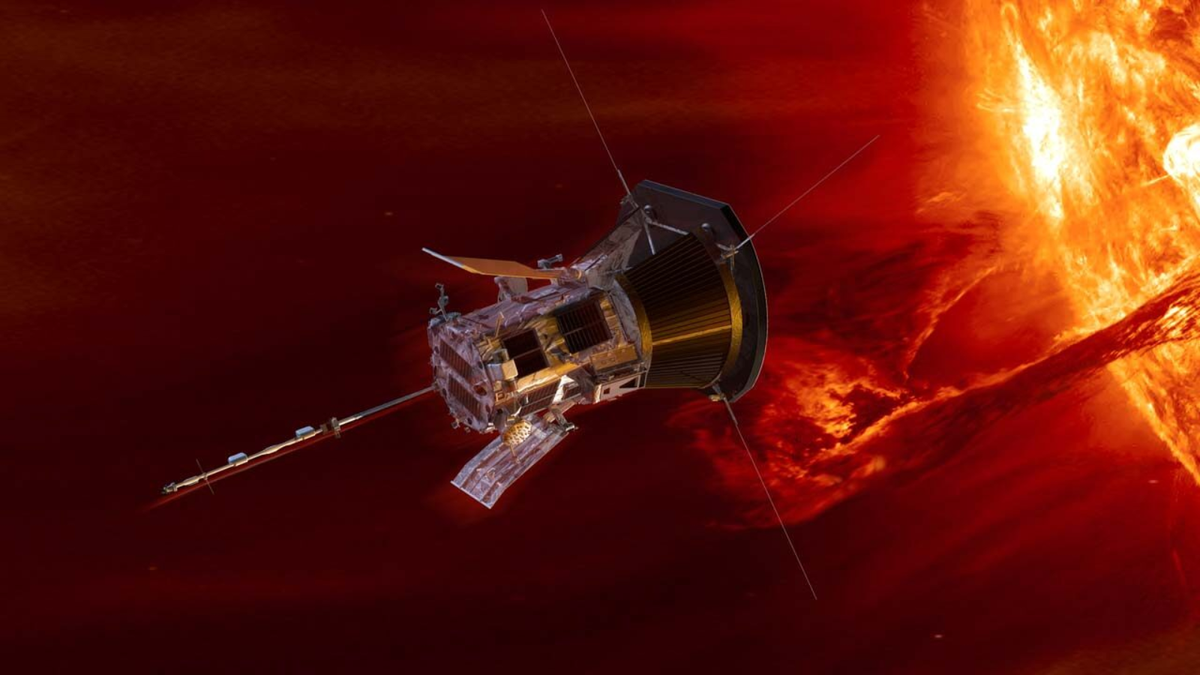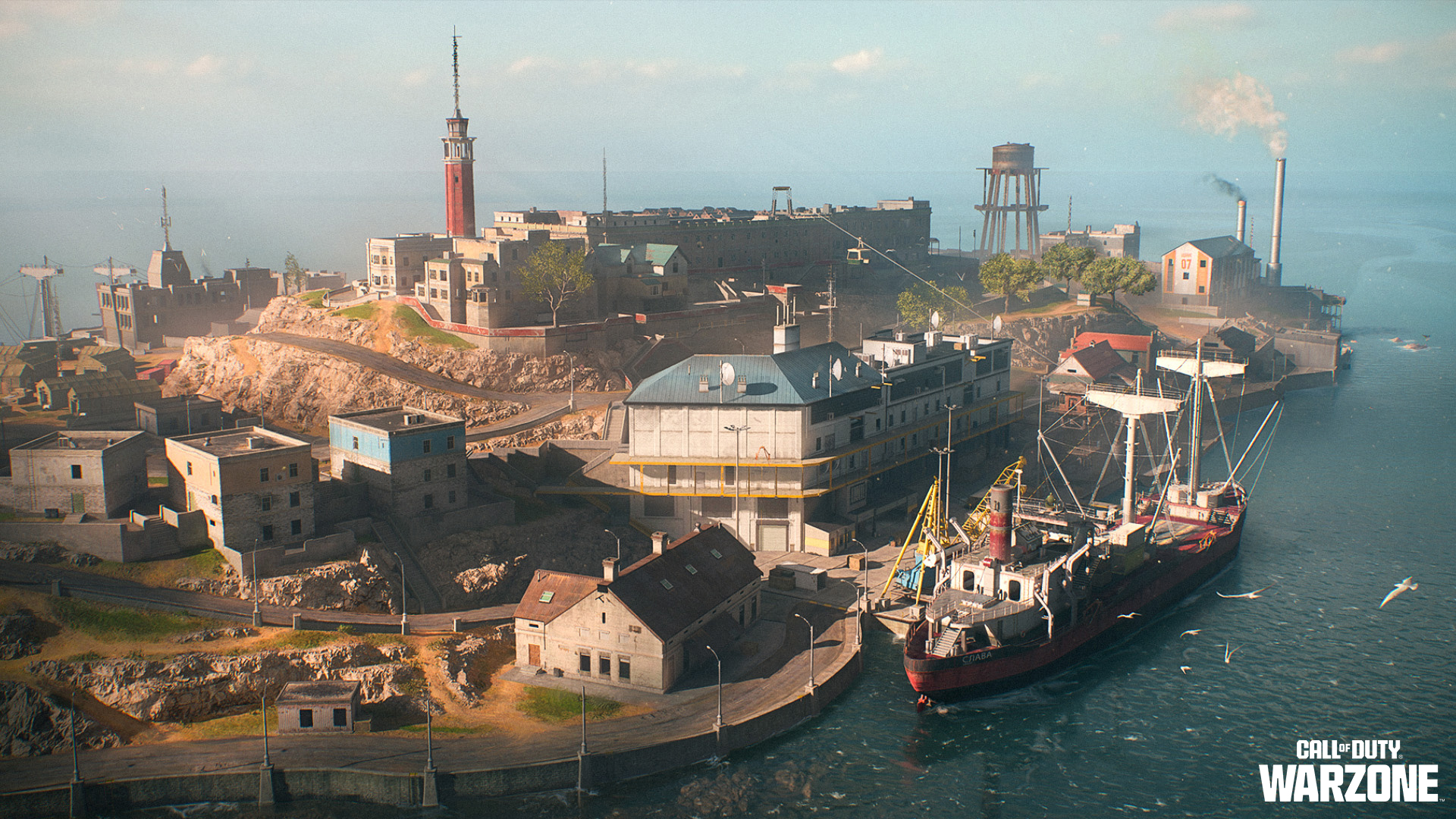NASA has released a new image of the southern hemisphere of the moon, providing a clear view of a crater and highlighting potential future exploration sites.
The image is a combination of data from two different spacecraft: the Lunar Reconnaissance Orbiter Camera (LROC), which is part of NASA’s orbiter, and ShadowCam, an instrument on the Korean Pathfinder Lunar Orbiter. ShadowCam, being lighter and designed for low-light environments, can capture features and locations that are difficult for LROC to see.
Click to enlarge and see all NASA images showcasing the depth of the Shackleton Crater on the moon.
The ShadowCam provides a unique perspective by revealing the interior of Shackleton Crater, which is named after explorer Ernest Shackleton. Typically, images of this region show a dark landscape, but ShadowCam’s capabilities allow for deeper visibility into the crater. However, ShadowCam struggles to capture clear images in brightly lit areas, which is where LROC’s high-resolution views come in. The combination of these images offers an unprecedented level of detail for this region.
This latest development comes as part of NASA’s Artemis program, which aims to achieve the first manned landing on the moon since the Apollo era. NASA has identified 13 potential landing sites in the southern region, with some in close proximity to Shackleton Crater. These sites will be thoroughly explored to support future missions.
Check this out: NASA Unveils Artemis 3 Moon Mission Spacesuit
One interesting aspect of the moon’s southern region is the presence of frozen water. Harvesting water from the lunar surface could potentially support human life and serve as a resource for rocket fuel on deep space missions.
NASA has already completed the Artemis I lunar orbiter test mission, and Artemis II is planned to send astronauts on a mission to orbit the moon. The ultimate goal, Artemis III, is scheduled for 2025 and aims to achieve a manned lunar landing. The newly released image provides future explorers with a glimpse of the terrain they may one day traverse.








:max_bytes(150000):strip_icc()/INV_UberHQ_GettyImages-1767540087-acf31fa021bf4dc99c93c0d264e00e06.jpg)






